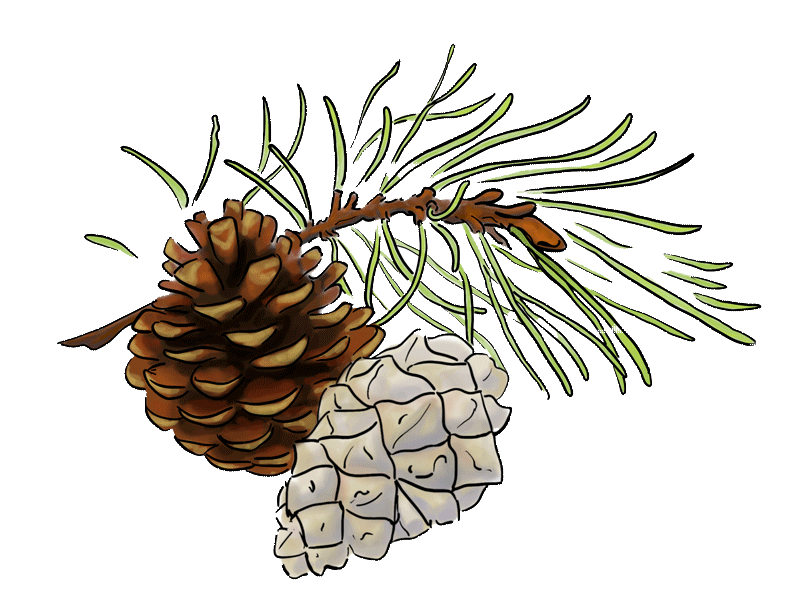Year Two - Deepening The Medicine - Schedule
Bladder Campion flowering in Grá Nádúr
Year Two - Deepening the Medicine - Schedule
At each weekend, new herbs will be introduced for the system being studied; herbs from the first year with relevance will also be revised.
Formulations and prescriptions for conditions relating to the system under discussion will be made up. There will be opportunities to practice consultation skills, pulse and tongue diagnosis, and work with the ancillary techniques that are introduced at each weekend. As well as looking at disease processes, there will also be an examination of the symbolism of diseases, of cultural aspects of disease, of energetic approaches and of developing new energetic paradigms.
Access to Unit 1 October
Introducing the Miracle of The Human Body, Our Community of Cells.
Introducing Disease Processes and The Symbolism of Disease
Herbs for The Whole Body Including Adaptogens, nutritive tonics and Alteratives. Introduction of New Herbs and Revision of Herbs From Year 1. Making preparations for Whole Body Treatments – Massage Blends, Bath Blends, Herb Ball for Hot Herb Massage.
Consultation Skills; Questioning; Incorporating Energetic Principles; Sensory Acuity as A Way of Enhancing Consultation and of Understanding the Therapeutics of Our Plant Allies
Access to Unit 2 November
The Heart is the matter and circulation; the heart is an endocrine organ; the heart is the brain; the heart is an organ of perception; heart entrainment; the circulation is a communication system within the body.
Lymphatic/immune system – defence and waste disposal - visualisations
Access to Unit 3 January
The Skin or Integumentary System: Our largest organ, our boundary between the external and the internal environment; Dry skin brushing
The Neuroendocrine System and special senses: The RAS, the Triune brain and peripheral nervous system; Our 6 brains, plus the possibility of others; Sensory acuity in the consultation process and in accessing information about the herbs; Olfaction; Visualisation and relaxation techniques; Stress management
Access to Unit 4 February
Muscles and bones, the Musculoskeletal Systems: Stretching, yawning, and reaching out; Psychological and physical holding patterns; Myofascial unwinding techniques; The ancestors and our bones
The Respiratory System: Oxygen, the primary nutrient; The lungs and grief; Learned breathing habits and breathing exercises to establish healthy breathing patterns.
Access to Unit 5 March
Digestion and the Digestive System: The Gut brain, Wild food, Healthy gut flora, Fasting and much more besides
The Urinary System: The kidneys as an endocrine organ; The culture of fear (the primary emotion associated with the kidneys); Hydration
Access to Unit 6 April
The Neuroendocrine System, another mode of internal and external communication and the wider hormonal system
Reproduction, Pregnancy, the cycles of birth, life, death, and rebirth
Herbs studied in 2nd Year:
Aloe vera, Aloysia triphylla, Anethum graveolens, Armoracia rusticana, Asclepias tuberosa, Asparagus officinalis, Astragalus membranaceus/mongholicus, Azadirachta indica, Beta vulgaris, Berberis Sp., Brassica sp., Borago officinalis, Camellia sinensis, Capsicum mimimum, Carum carvi, Centella asiatica, Cetraria islandica, Chondrus crispus, Cimicifuga racemosa, Codonopsis pilosa, Coffea arabica, Coriandrum sativum, Curcuma longa, Cyanara scolymus, Echinacea Sp., Elettaria cardamomum, Eleuthroccocus senticosus, Erythrea centaurea, Fagopyrum esculentum, Fucus vesiculosis, Fumaria Officinalis, Gentiana lutea, Glechoma hederacea, Hedera helix, Humulus lupulus, Hypericum perforatum, Hyssopus officinalis, Lactuca virosa, Leonorus cardiaca, Lycopus sps, Marrubium vulgare, Menyanthes trifoliata, Ocimum basilicum, Ocimum sanctum, Olea europea, Parietaria diffusa, Passiflora incarnata, Pimpinella anisum, Piper nigrum, Prunella vulgaris, Prunus serotina, Pulmonaria officinalis, Rhodiola, Schisandra, Scutellaria lateriflora, Tanacetum parthenium, Theobroma cacao, Tropaeolum majus, Tussilago farfara, Verbascum thapsus, Viburnum opulus, Vitex agnus castus, Withania somniferum
After completing the two-year foundation apprenticeship, students can apply to progress to The Clinical Practitioner Training Programme.



